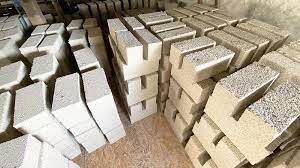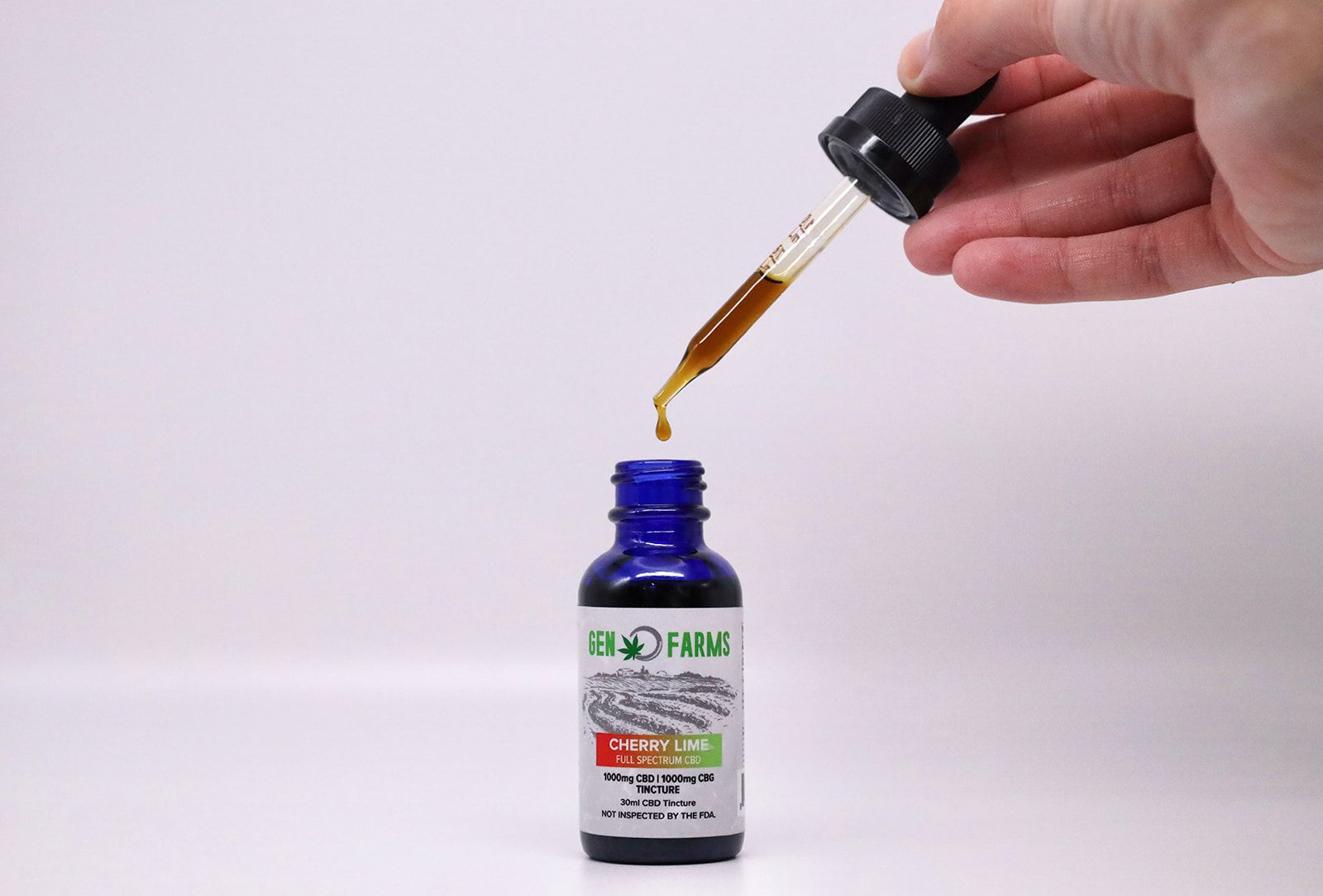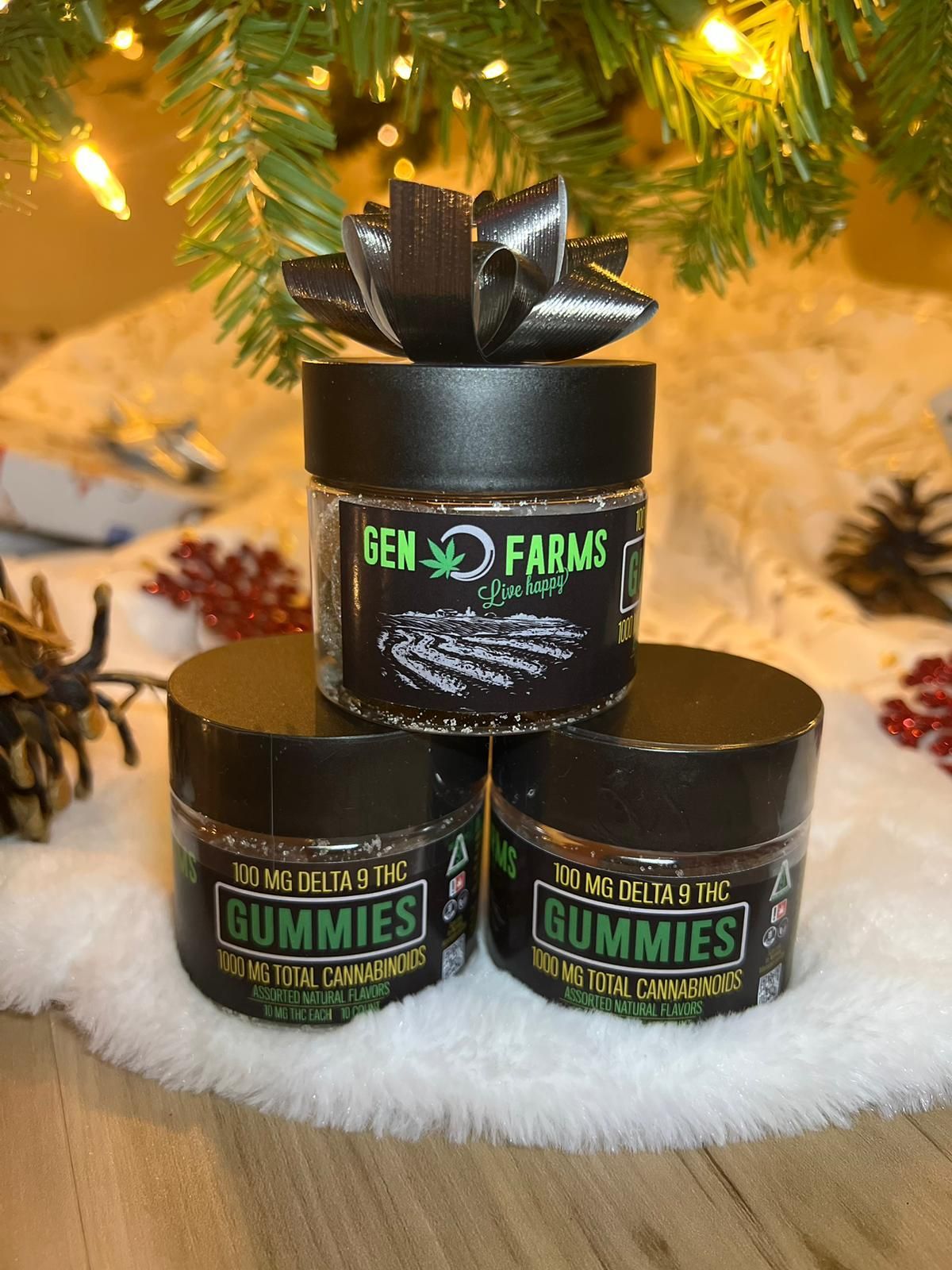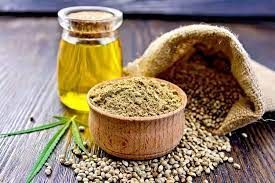Hempcrete, hempboard, hemp insulation

Hemp is a versatile plant that has been used for a variety of purposes throughout history. It is now gaining popularity as a sustainable building material. Hemp fibers can be used to create a range of construction materials, from insulation to structural components. In this blog post, we'll explore how hemp can be used in construction and why it's a sustainable choice.
What is Hemp?
Hemp is a type of cannabis plant that is grown specifically for industrial purposes. It contains very low levels of tetrahydrocannabinol (THC), the psychoactive compound found in marijuana. Hemp fibers are extremely strong and durable, and can be used to create a range of products, from textiles to paper. Hemp is also a sustainable crop. It grows quickly, requires minimal water and fertilizer, and can be grown in a variety of climates. It also has a deep root system that helps to improve soil health and prevent erosion.
Hempcrete
One of the most popular uses for hemp in construction is in the creation of hempcrete. Hempcrete is a lightweight, insulating material that is made from a mixture of hemp fibers, lime, and water. Hempcrete has a number of advantages over traditional building materials. It is non-toxic, fire-resistant, and has excellent insulation properties. It also has a high thermal mass, which means that it can help to regulate temperature and humidity inside a building. Hempcrete is also easy to work with. It can be poured into molds to create walls and other structural components. It can also be used as insulation in existing buildings.
Hempcrete is a sustainable choice for construction because it is made from natural materials and has a low carbon footprint. The hemp plant absorbs carbon dioxide from the atmosphere as it grows, and this carbon is stored in the hempcrete. This means that buildings made from hempcrete can actually help to reduce carbon emissions.
Hemp Insulation
Hemp fibers can also be used to create insulation. Hemp insulation is a sustainable alternative to traditional insulation materials like fiberglass. Hemp insulation has a number of advantages over traditional insulation materials. It is non-toxic, does not contain formaldehyde or other harmful chemicals, and has excellent sound insulation properties. Hemp insulation is also more breathable than traditional insulation materials. This means that it can help to regulate humidity and prevent the growth of mold and mildew inside a building. Hemp insulation is a sustainable choice for construction because it is made from natural materials and has a low carbon footprint. Like hempcrete, the hemp plant absorbs carbon dioxide from the atmosphere as it grows, and this carbon is stored in the insulation.
Hemp Fiberboard
Hemp fibers can also be used to create fiberboard, a type of engineered wood product. Hemp fiberboard is a sustainable alternative to traditional wood products. Hemp fiberboard has a number of advantages over traditional wood products. It is non-toxic, does not contain formaldehyde or other harmful chemicals, and has excellent insulation properties.
Hemp fiberboard is also more durable than traditional wood products. It is resistant to rot and decay, and can be used in a variety of applications, from flooring to furniture. Hemp fiberboard is a sustainable choice for construction because it is made from natural materials and has a low carbon footprint. Like hempcrete and hemp insulation, the hemp plant absorbs carbon dioxide from the atmosphere as it grows, and this carbon is stored in the fiberboard. Hemp fiberboard can be pressed into flooring which provides a beautiful and durable walking surface.
Other Uses for Hemp in Construction
Hemp has a number of other potential uses in construction. For example, hemp fibers can be used to create reinforced plastics that can be used in a variety of applications, from pipes to structural components.
Hemp can also be used as a bio-composite material. Bio-composites are materials that are made from a combination of natural fibers and a binding agent.
There is a big push for US manufacturing using hemp in the construction industry. If you're looking for alternatives to building materials check for hemp products first.



